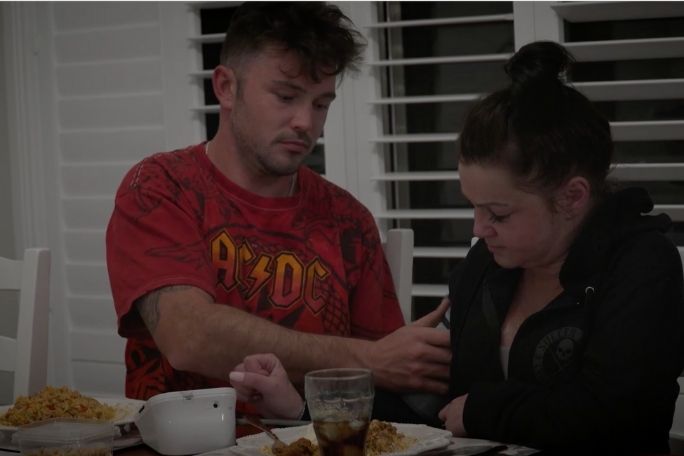Lesson summary
In this lesson students will prepare and conduct a survey, and analyse their data for trends using comparative box and whisker plots. They will investigate the issues facing Australians who require an organ or tissue transplant, particularly those who live in remote communities. They will follow the story of Henry from the documentary film Dying to Live, who is in need of a cornea transplant. Students will also consider the impact of increasing organ donation rates and how this might improve organ availability for all Australians.
Learning intentions:
Students will...
- be able to conduct a statistical investigation to address a real world issue
- be able to prepare and conduct a survey, and analyse data for trends using box and whisker plots
- understand processes and issues concerning organ transplantation and donation in Australia.
Success criteria:
Students can...
- use statistical tools including surveys and box plots to investigate a real world issue
- collect and analyse data for trends
- discuss issues concerning organ transplantation and donation in Australia.
Lesson guides and printables
Lesson details
Curriculum mapping
Australian curriculum content descriptions:
Year 10 Mathematics:
- Evaluate statistical reports in the media and other places by linking claims to displays, statistics and representative data (ACMSP253)
- Construct and interpret box plots and use them to compare data sets (ACMSP249)
- Determine quartiles and interquartile range (ACMSP248)
Syllabus outcomes: MA5.1-12SP, MA5.2-15SP, MA5.1-2WM, MA5.2-2WM
General capabilities: Numeracy, Critical and Creative Thinking, Intercultural Understanding, Ethical Understanding
Cross-curriculum priority: Aboriginal and Torres Strait Islander Histories and Culture
Relevant parts of Year 10 achievement standards: They compare data sets by referring to the shapes of the various data displays. They evaluate statistical reports. They calculate quartiles and interquartile ranges.
Unit of work: Dying to Live – Mathematics – Year 9 & 10
Time required: 90+ mins
Level of teacher scaffolding: Medium – teacher will need to facilitate class discussion and the development and collection of survey information.
Resources required
- Student Worksheets – one copy per student
- Device capable of presenting a video to the class
- Student device for data collection and calculations (optional)
- Representing and Comparing Data Factsheet. Article: Not all doctors agree my patient deserved his kidney transplant. They’re wrong
- Sticky notes – 3 per student
- DonateLife ‘2017 Organ Donation and Transplantation Outcomes’ Factsheet
Skills
This lesson is designed to build students’ competencies in the following skills:
- Communication
- Collaboration
- Critical thinking
- Ethical understanding
- Social skills
Additional info
Dying To Live is a documentary feature film that examines organ and tissue donation and transplantation in Australia through seven different stories that highlight the social, physical and emotional effects of being on the organ donor waiting list. The film also aims to dispel myths about organ and tissue donation while encouraging family conversations so that family members are aware of their loved ones’ donation intentions. Find out how to screen or view the film here.


Welcome back!
Don't have an account yet?
Log in with:
By signing up to Cool.org you consent and agree to Cool's privacy policy to
store, manage and process your personal information. To read more, please see
our privacy policy here(Opens in new tab).
Create your free Cool.org account.
Many of our resources are free, with an option to upgrade to Cool+ for premium content.
Already have an account?
Sign up with:
By signing up to Cool.org you consent and agree to Cool's privacy policy to
store, manage and process your personal information. To read more, please see
our privacy policy here(Opens in new tab).